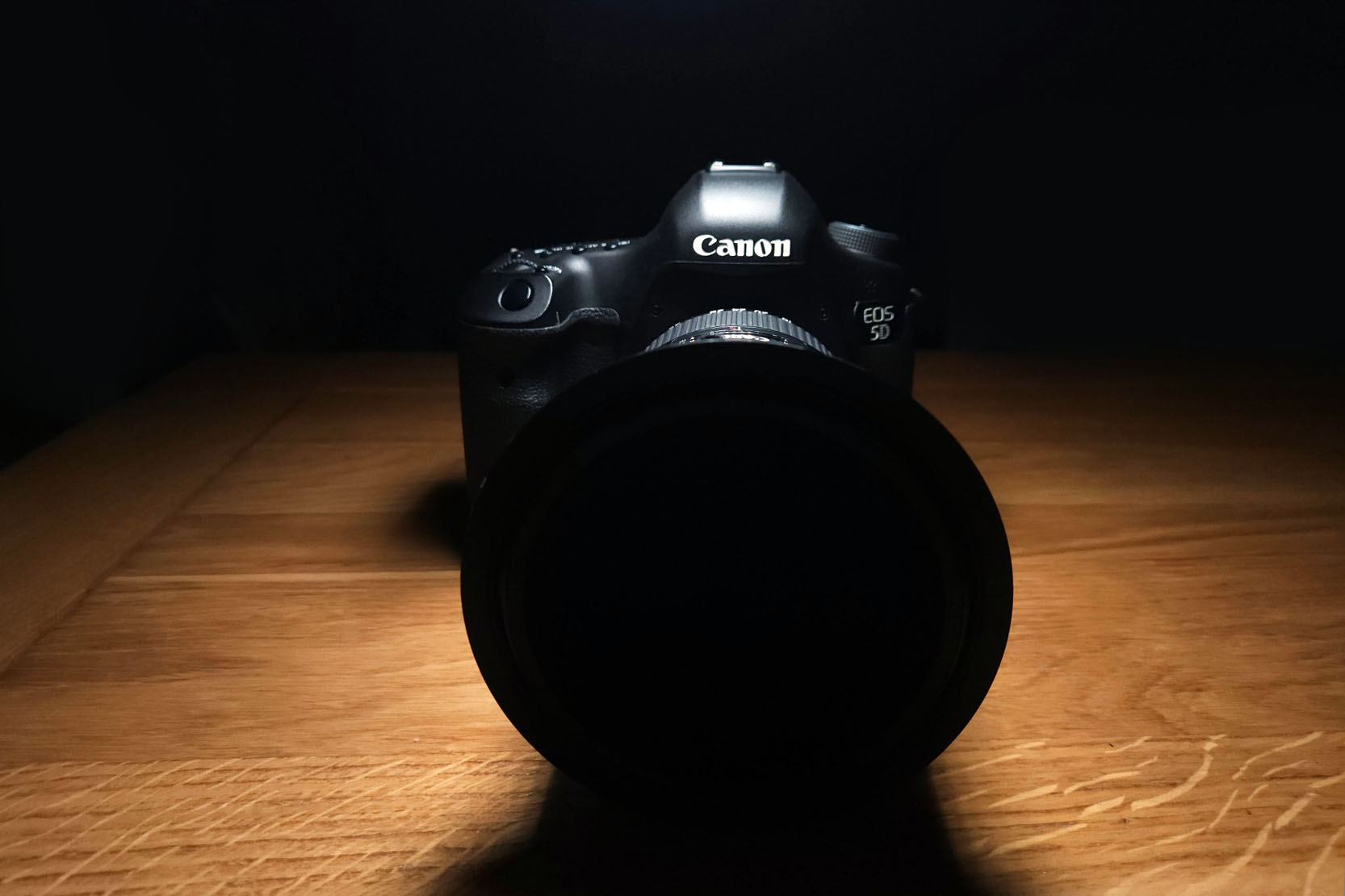Canon: The Toughest Camera Brand?
Canon: The Toughest Camera Brand?
During my trip to the Fairy Pools, Isle of Skye, I experienced every photographer’s worst nightmare: my camera, a Canon 5D Mark III paired with the Canon EF 16-35mm f/4L lens, took an unplanned dive into deep water. What followed was a whirlwind of panic, makeshift repair attempts, and an unexpected conclusion that left me even more impressed with Canon’s durability and craftsmanship.
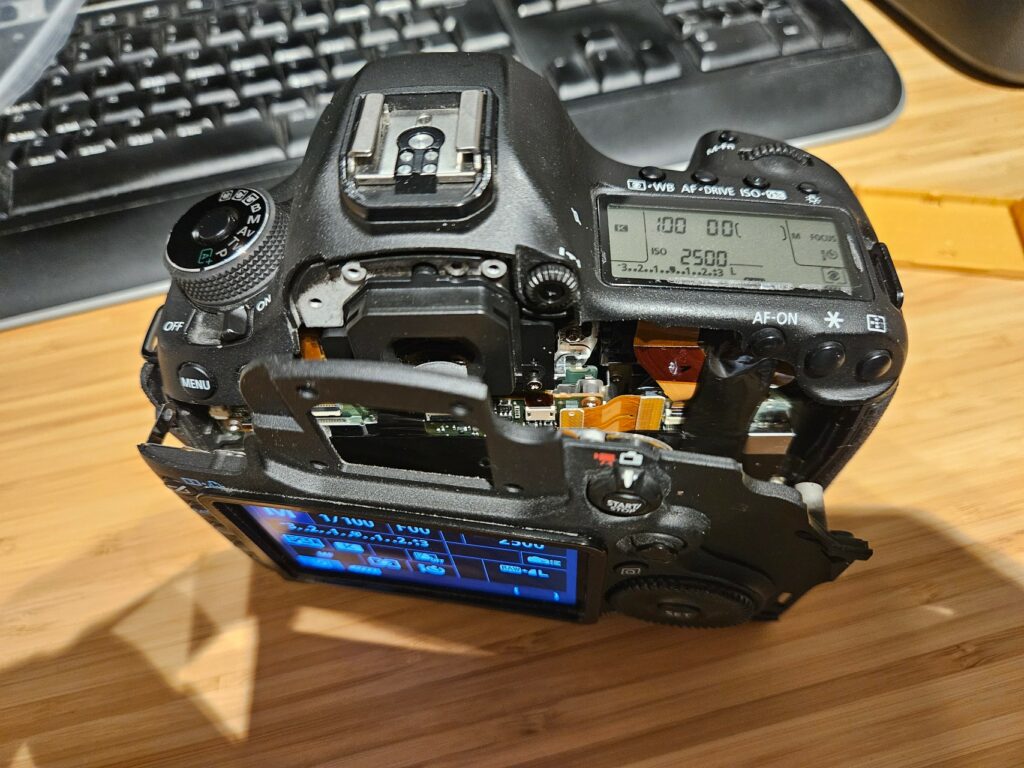
The Accident
It all started as I was trying to capture a self-portrait in front of a beautiful waterfall. I had set up my tripod with the camera perched precariously on a slippery stone in the middle of a stream. I had barely made my way into position when a sudden, powerful gust of wind blew over the tripod. In horror, I watched as my beloved camera plunged into the water. Worse still, the water current carried it into a deeper pocket, where it stayed submerged for several seconds before I could retrieve it.
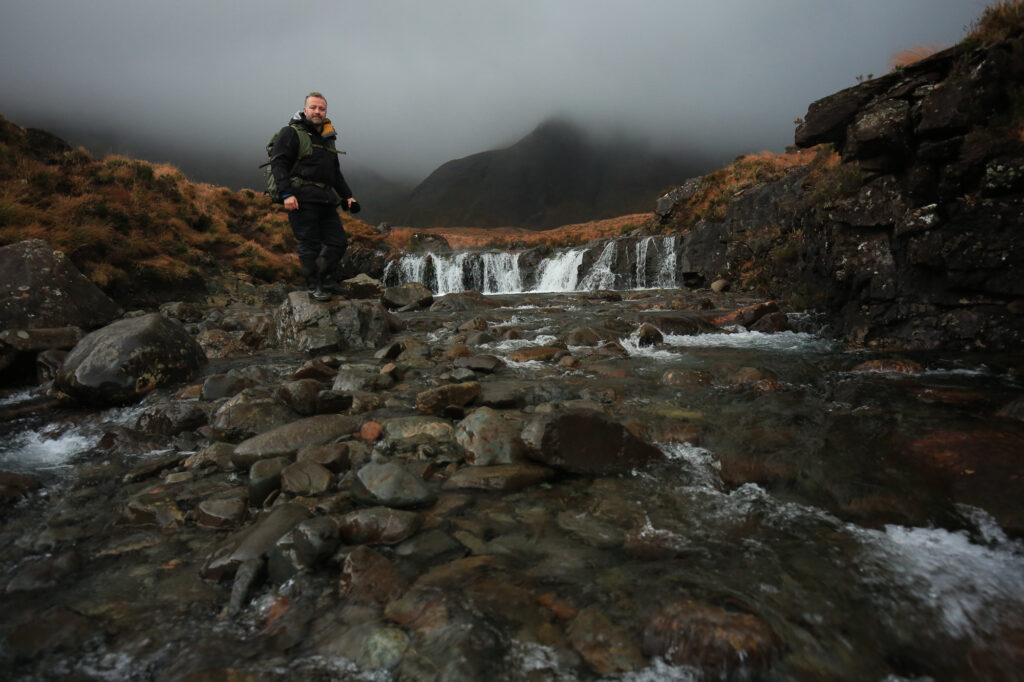
Water poured out as I opened the battery compartment, and I caught a glimpse of an error message flashing on the top display before the screen went blank. When I unscrewed the lens from the body, more water gushed out. My heart sank as I realized the extent of the damage.
Thankfully, the circular polarizing filter I had attached helped minimize water intrusion into the front element of the lens. Still, I noticed water trapped inside the lens and under the camera’s top display glass. My initial assessment was grim: both the camera and the lens seemed beyond saving.
Emergency Measures
I immediately returned to my car, abandoning any plans for further photography that day. I shook the water out of both the camera and the lens, noticing that the sensor chamber, miraculously, appeared dry. The mirror and shutter mechanism were wet, but no water seemed to have reached the sensor.
The lens, on the other hand, was in worse shape. Water seeped from every crevice, and a small drop was visible on one of the internal elements. Despite my efforts to dry it out, I feared the worst.
Using silica gel packets I had previously purchased, I packed both the camera and lens in airtight plastic bags. This technique, which I knew from my work, helps draw moisture out of sensitive equipment. I also removed the camera’s small internal clock battery and the back cover to expose the electronics.
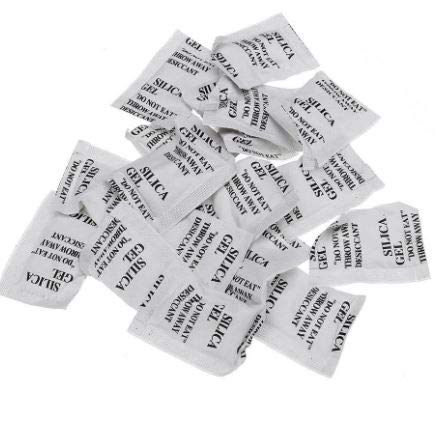
The Waiting Game
For a week, the camera and lens remained sealed in their moisture-absorbing environment. As much as I wanted to test them, I resisted the urge, knowing that patience was key.
When the moment of truth finally arrived, I was nervous but hopeful. I inserted the battery into the camera, and to my amazement, it powered on! A huge smile spread across my face as relief washed over me.
Testing the Equipment
I reassembled the lens and attached it to the camera. The autofocus worked flawlessly, and the image quality appeared unaffected. However, the shutter release button initially refused to cooperate. After repeatedly pressing it, the camera finally began taking photos, suggesting minor corrosion on the button’s contacts. Over time, this issue resolved itself with regular use.
Despite the scuff on the camera body, the NISI filter holder’s wear, and the stiffer polarizer wheel, the camera and lens performed remarkably well. Canon’s robust construction not only saved my gear but also my mood after such a disastrous incident.
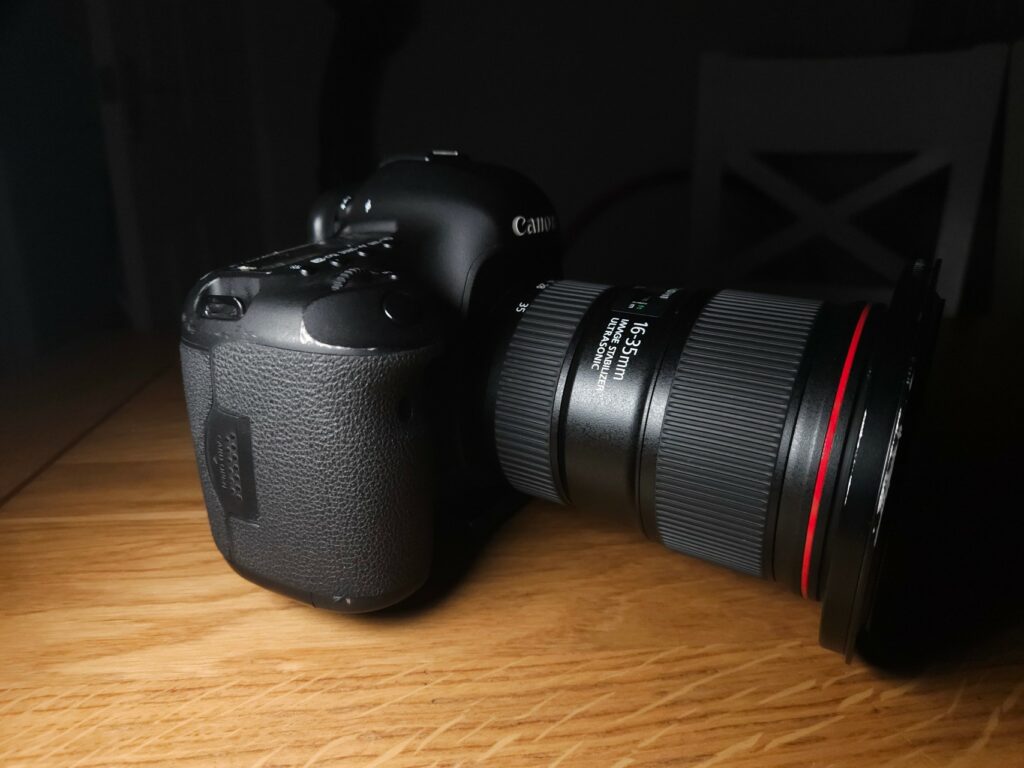
A Testament to Durability
Against all odds, my Canon 5D Mark III and EF 16-35mm f/4L lens survived their watery ordeal. The camera’s robust construction and weather resistance played a significant role in its recovery, as did the quick steps I took to minimize damage.
This experience reinforced my belief in Canon’s reliability. While I wouldn’t recommend testing your gear under such extreme conditions, it’s reassuring to know that Canon equipment can withstand more than you might expect.
Lessons Learned
- Always Secure Your Gear: Invest in a sturdy tripod and consider additional weights or clamps when shooting in windy conditions.
- Protective Gear Matters: Lens filters and weather-sealed equipment can make a big difference in accidental water exposure.
- Be Prepared for Emergencies: Carry silica gel packets and plastic bags in your camera kit for unexpected situations.
- Patience Pays Off: Give your equipment enough time to dry thoroughly before testing it.
In the end, what could have been a catastrophic loss turned into a valuable lesson—and a reminder of why I trust Canon to capture my adventures. Thanks to its resilience, my trusty 5D Mark III is back in action, ready for the next adventure.
Discover more from Leszek Chrzastowski Photography
Subscribe to get the latest posts sent to your email.
